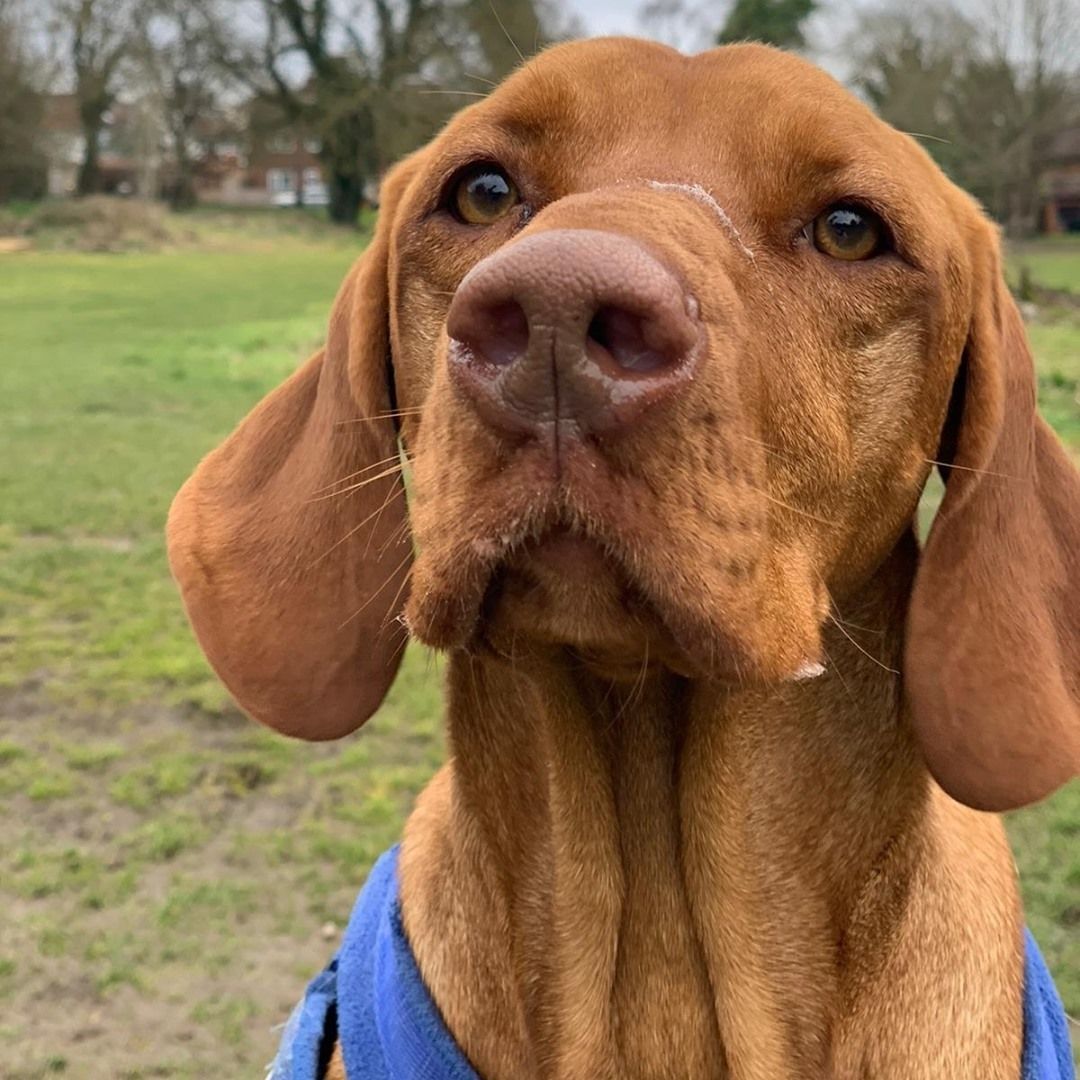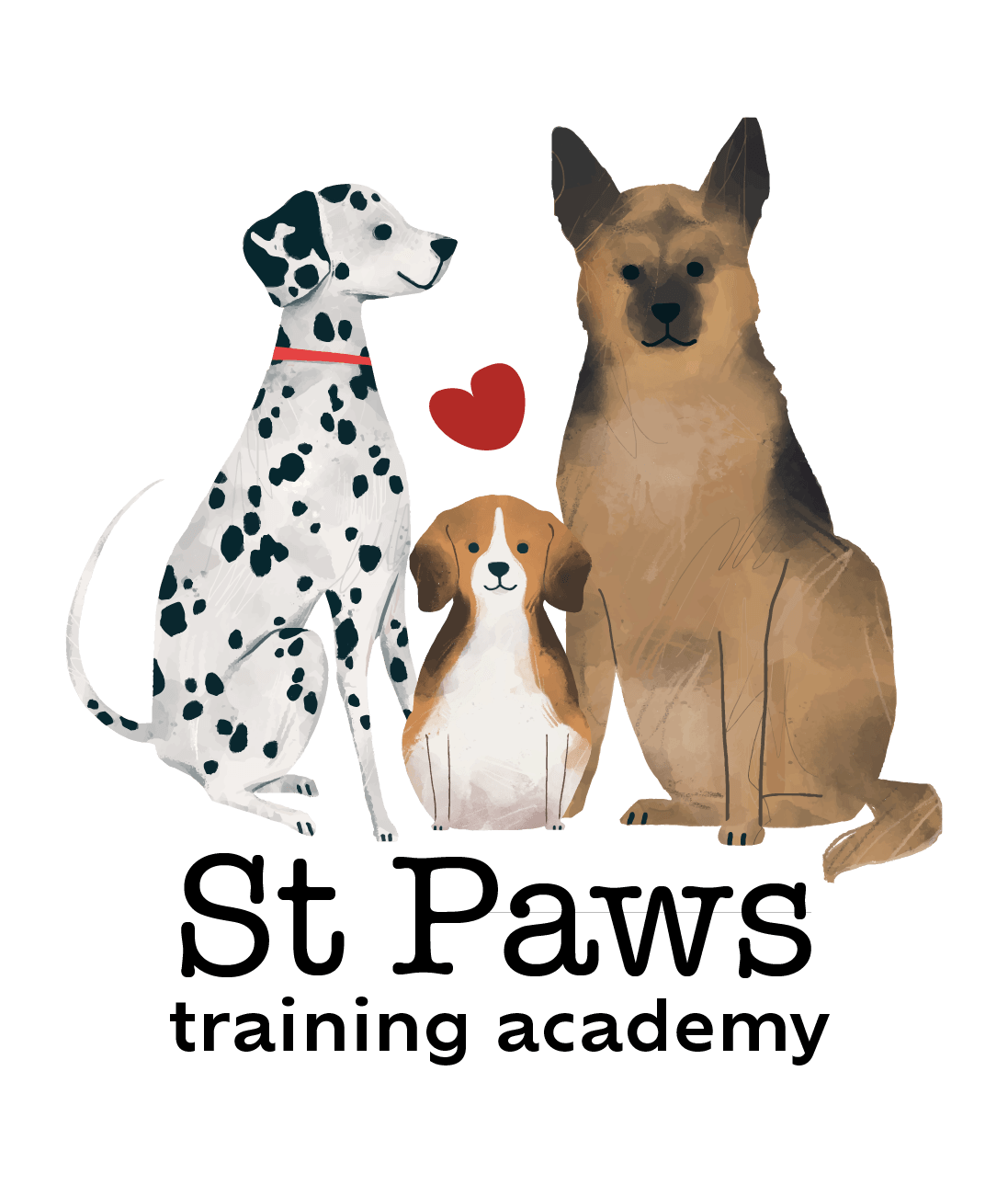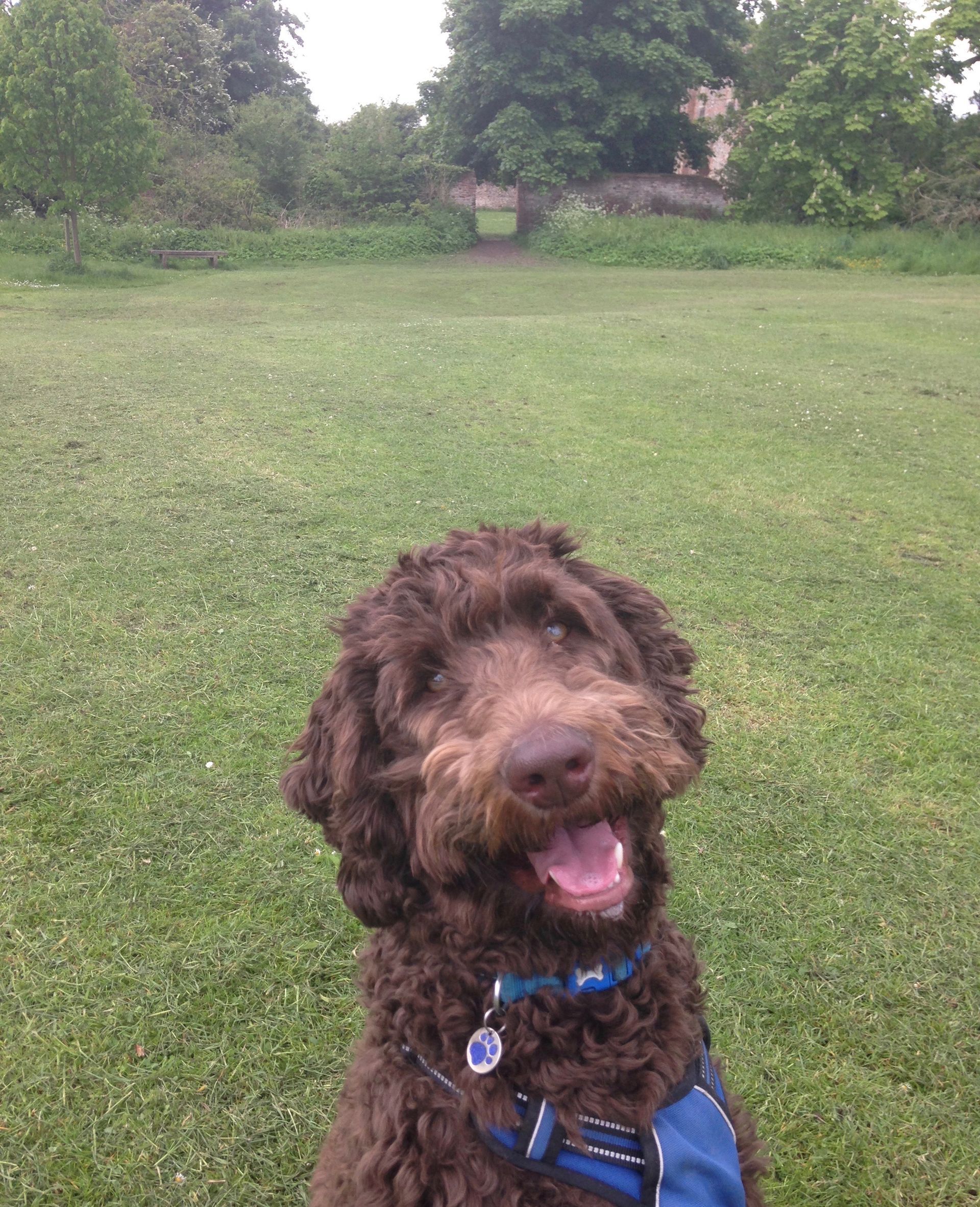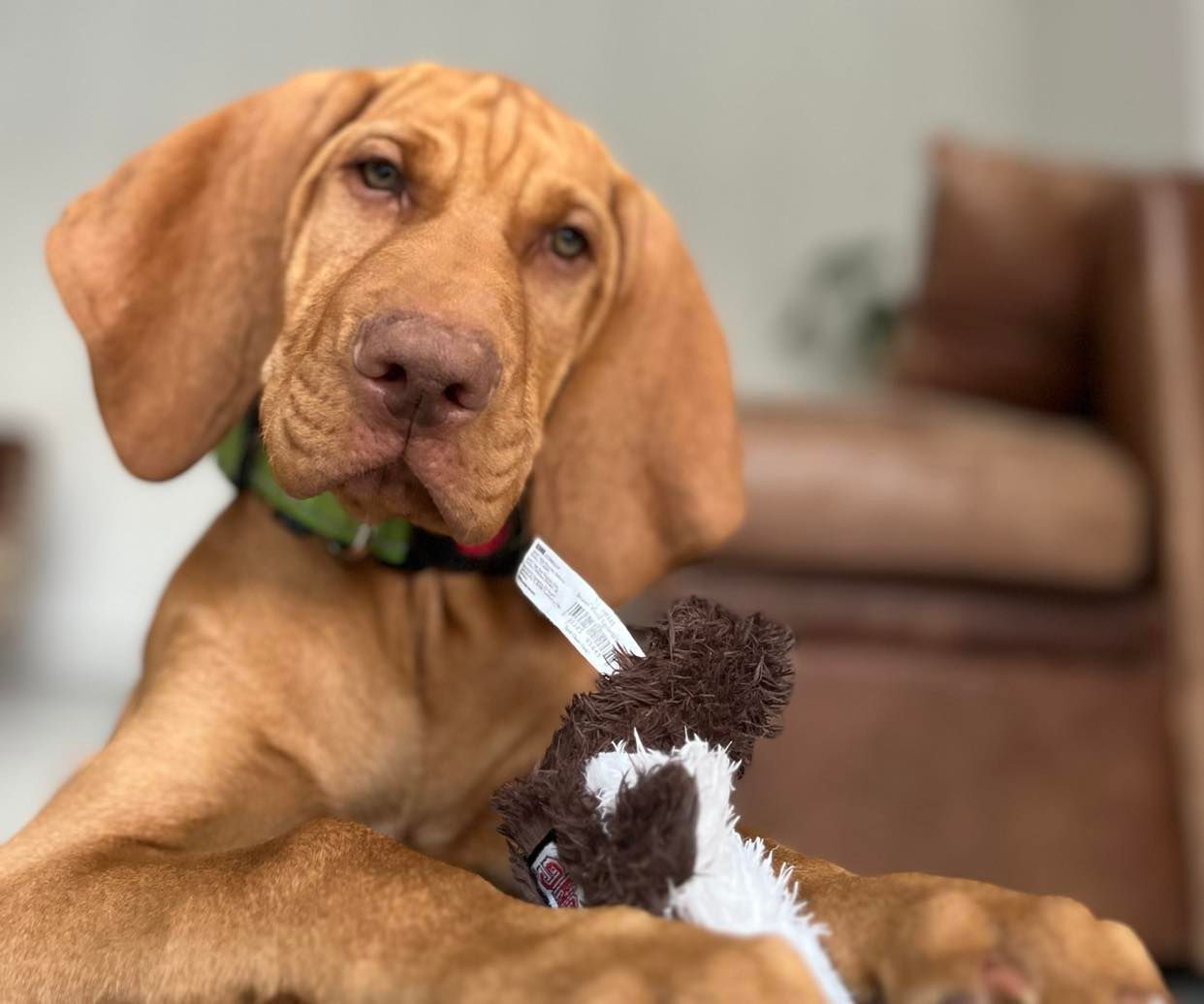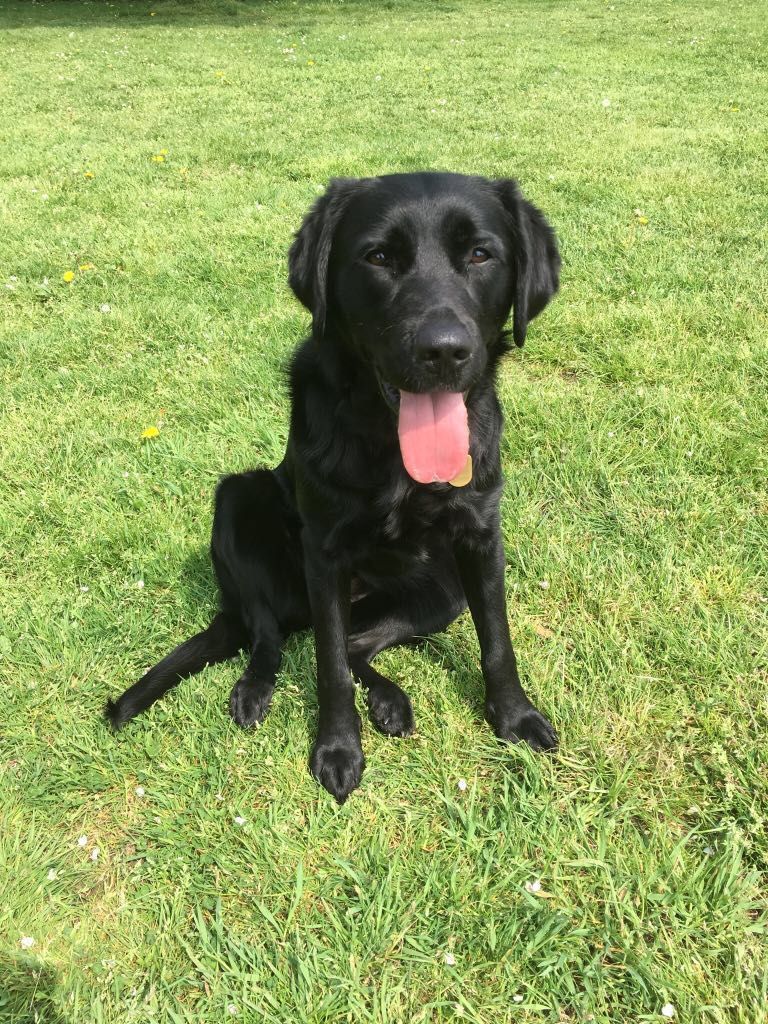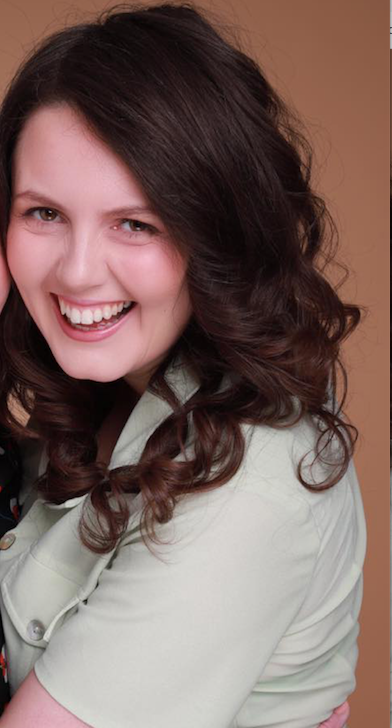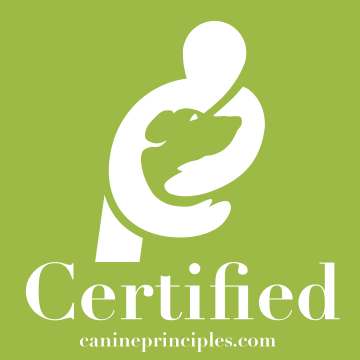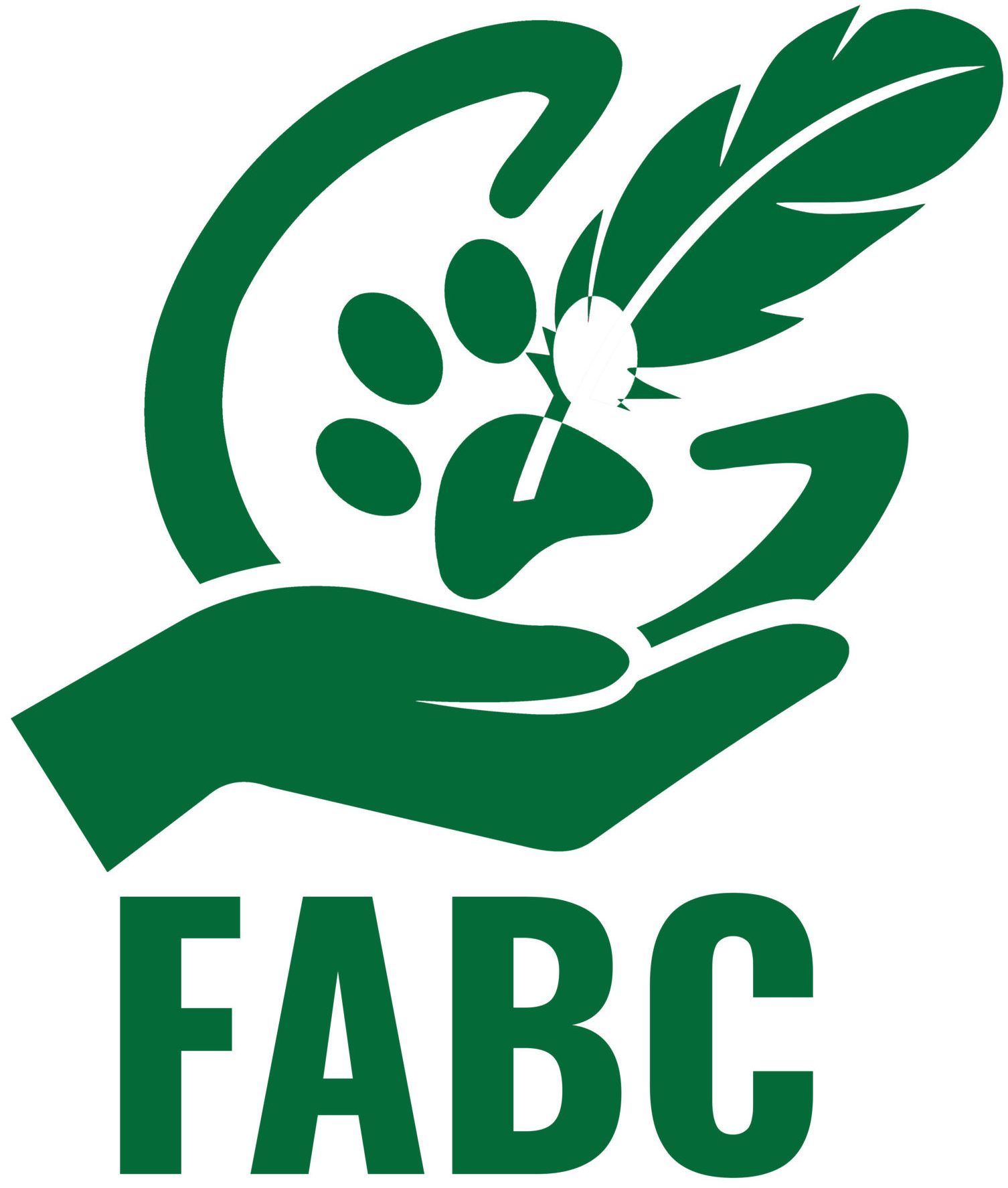How to cope if your dog is barking and lunging at other dogs
Being on the other end of the leash when a dog is barking and lunging can be painful stressful and upsetting.
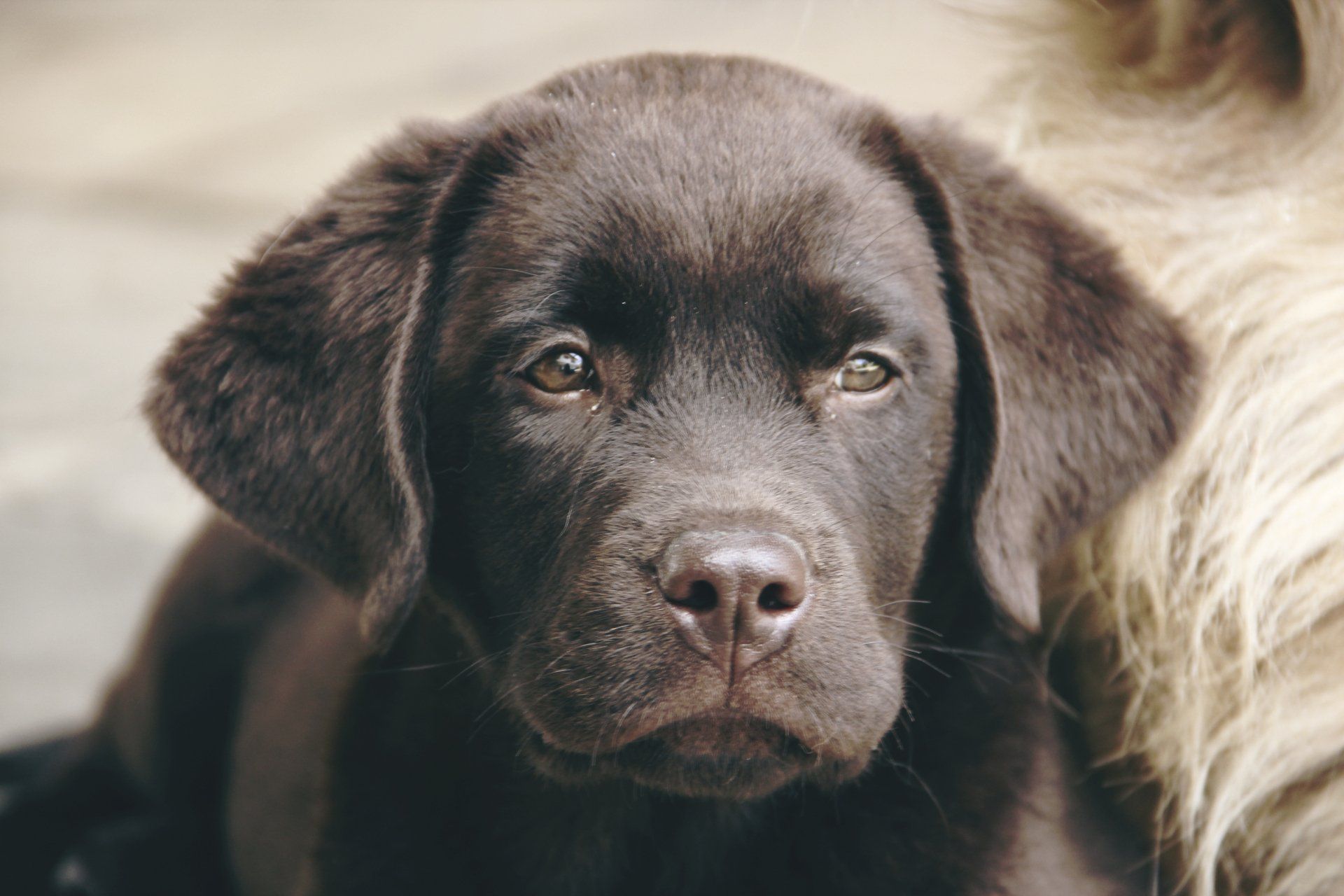
People may be reactive themselves and tell you to get your dog under control, or huff and puff at you and your dog.
While we can’t control the actions of other people, we can control what we do.
It may be that you are unsure how to react if this happens and what to do. I’ll talk through the steps and options below.
What to do if your dog is barking and lunging on the other end of the lead
You will be much more in control if you have the right walking equipment, so invest in a well fitting harness that your dog cannot back out of – a 3 point harness can be good for this. It also means that pressure is not being applied to your dog’s sensitive neck area. Be sure that the lead you have is right for your dog’s weight and there is no fraying. Lead sleeves that say training in progress can reduce unwanted dogs coming over.
It is easier said than done but remember to breathe!
Using graduated prompts such as coughing and shuffling your feet can encourage a dog to move on if they are freezing and going over threshold.
Have licki mats or kongs ready in the car so that your dog can focus on them rather than barking out of the window.
Essential body language signs
A dog may show a variety of signs before they bark.
Body language signs can include:
· Lip licking
· Hackles raised (look for fur on the feet for fluffier dogs)
· Tension and freezing
· Paw up
· Whale eye – showing the whites of their eyes
· A dog can also use displacement activities such as sniffing the ground (in a way saying I’m no threat)
Thinking about locations that you walk
Really consider how you can avoid narrow spaces and locations as this can make a dog feel trapped. In areas you walk, think about the different exit points there are.
What to do if an off lead dog is approaching yours
Attempt to do a U-Turn out of the situation.
Saying that your dog is sick or poorly can get people to act more quickly.
Throwing down a toy to distract the other dog may help.
Here are some books that I like regarding reactivity
Here is some equipment and accompanying websites on introducing a muzzle. A muzzle helps keep everyone safe and can help you relax more on walks.
One link is an affiliate link meaning if you click through and buy I will be paid a small commission. This doesn’t affect the price you pay.
Here is an excellent site to introduce muzzles.
If you enjoyed this post and found it helpful you may like to read this blog too.

